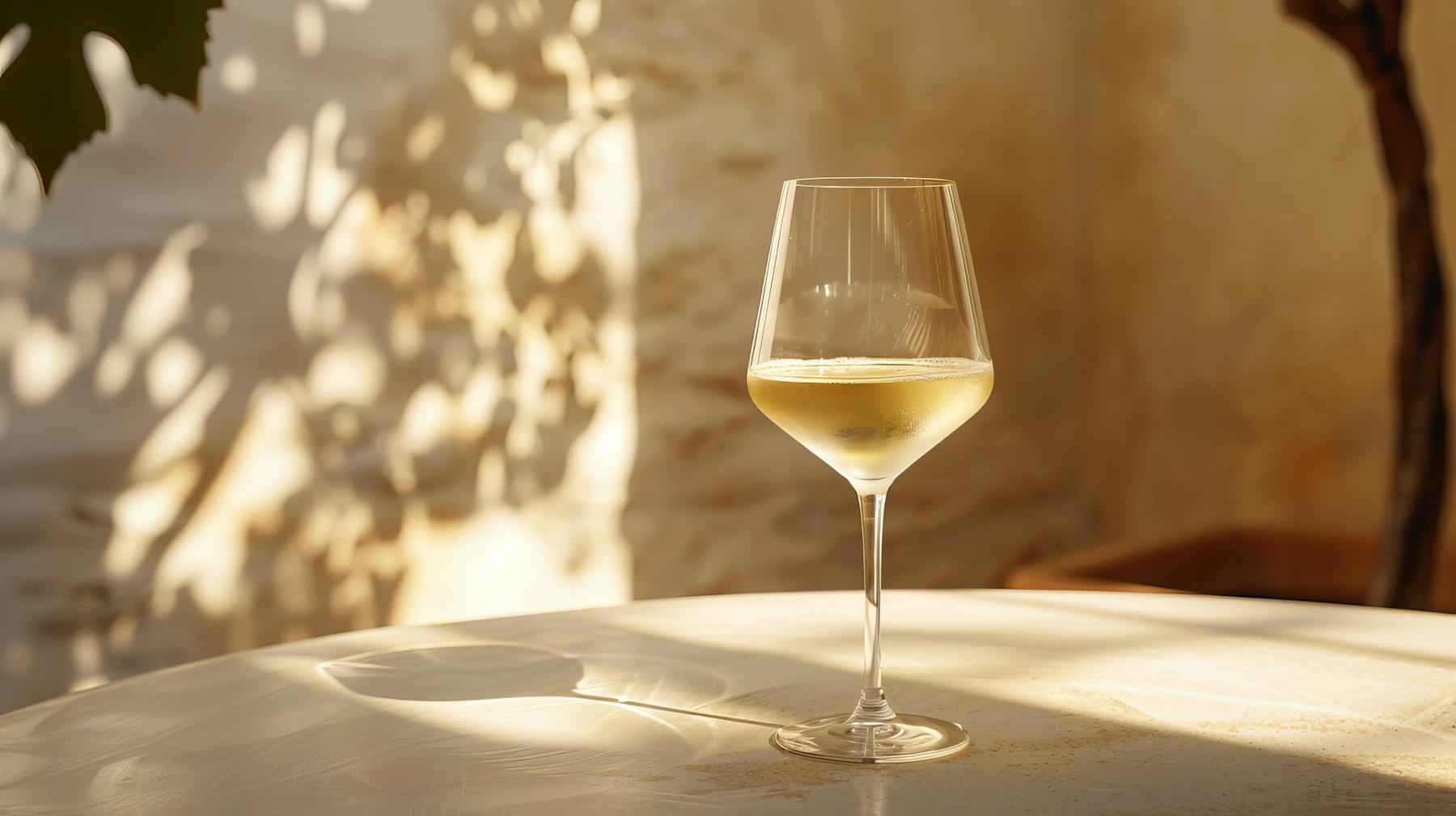- Wine world
Differences between dry, semi-dry and sweet wines
- Fri, Oct 11, 2024 at 10:00

What is residual sugar in wine?
Residual sugar refers to the amount of sugar naturally present in grapes that has not been transformed into alcohol during fermentation. The longer and more complete the fermentation, the less sugar the wine contains, making it dry. Conversely, when fermentation is stopped before all the sugar has been consumed by the yeasts, the wine retains a sweeter taste. This is how demi-sec and moelleux wines are produced.
Dry wine: an expression of purity
A dry wine contains the least residual sugar: less than 4 grams per liter for red wines and rosé wines, and less than 2 grams for white wines. A dry wine is one in which fermentation has transformed almost all the sugar in the grapes into alcohol, leaving only a tiny trace of sugar in the final product. This type of wine generally brings out more acidic or mineral aromas and flavors, with a marked freshness.
Dry wines are particularly appreciated with savory dishes, seafood, grilled fish and white meats. Their natural acidity is a perfect match for delicate dishes or rich preparations, as it cleanses the palate between mouthfuls. Among the best-known dry wines are varieties such as sauvignon blanc, chardonnay and dry riesling.
Semi-dry wine: the balance between acidity and sweetness
Semi-dry wines fall somewhere between dry and sweet wines. It contains between 4 and 12 grams of residual sugar per liter, for a happy medium between freshness and sweetness. Semi-dry wines are therefore more accessible to palates that find dry wines too acidic or austere.
With a perceptible touch of sugar, demi-sec wines are often used to accompany sweet and savory dishes, cheeses and light fruit-based desserts. This type of wine offers great mealtime versatility. Chenin Blanc, for example, is a grape variety that can produce excellent demi-sec wines, as can certain Rieslings or Vouvrays. They offer floral and fruity aromas while retaining a pleasant freshness.
Sweet wine: softness on the palate
Sweet wines contain between 12 and 45 grams of residual sugar per liter. Once these 45 grams of sugar per liter have been exceeded, we speak of sweet wine. Its sweet taste is much more pronounced than that of demi-sec wine, but it remains relatively well-balanced by good acidity. This keeps it from being nauseating, while still offering a sensation of sweetness on the palate.
Sweet wines are often associated with desserts, but they can also be paired with more daring dishes such as foie gras, blue-veined cheeses or spicy exotic dishes. Their aromatic complexity, often marked by notes of ripe fruit or honey, makes them an ideal choice to end a meal on a sweet note. Sauternes, Jurançon wines and Alsace wines such as sweet Gewurztraminer are perfect examples of sweet wines.
The importance of terroir and grape varieties
In addition to sugar levels, other factors influence a wine's characteristics, such as grape variety and terroir. Some grape varieties are naturally better suited to producing wines with a higher sugar content. For example, Chenin Blanc, Riesling and Muscat are often used to produce sweet or syrupy wines.
Climate and growing conditions also play a crucial role. Wines from cooler regions, such as Alsace or Loire wines, tend to have higher acidity, which balances the high sugar levels in demi-sec and moelleux wines. Conversely, wines produced in warmer regions, where grapes reach higher levels of ripeness, can produce naturally sweeter wines.
How to choose between dry, semi-dry and sweet wines?
The choice between a dry, semi-dry or sweet wine depends mainly on your personal tastes and the occasion for which you wish to enjoy the wine. If you prefer fresh, lively wines with marked acidity, a dry wine will be your ally. On the other hand, if you're looking for a touch of sweetness without excess, a semi-dry wine will enhance your dishes. Finally, for lovers of sweet, rich wines, sweet wines offer an unequalled taste experience, especially at the end of a meal or with sophisticated dishes.
The difference between dry, semi-dry and sweet wines lies mainly in the level of residual sugar present in the wine. Each of these categories offers distinct flavors and sensations, enabling them to be adapted to a multitude of gastronomic situations. By better understanding these distinctions, you'll be able to choose the wine that perfectly matches your desires!
